Biden Administration Pushes for Rent Control at National Level
The cost of rent in the United States has reached an all-time high and the issue of national rent control is being heavily considered by the Biden administration.
Along with the federal government, Americans from all over the country have begun discussing what steps to take in order to regulate astronomical rent increases and put restrictions on evictions. Inflation has taken the price of rent to unprecedented new heights, and President Biden and his administration have set their sights on remedying the country’s sky-high rent problem.
Rent Prices Have Been Steadily Increasing For Years
The nation has been hit hard since the COVID-19 pandemic closed down all of the United States and beyond. Rent has risen more than 25% (averaging over $400) since 2019 and the onset of the global pandemic.

Source: Mark Makela/Getty Images
According to reports, the national median rent soared to $2,038 in July 2023. The cost of renting has increased by 14% within a two-year span. The drastic rise in rent coincides with President Biden’s time in office. Now, Biden and his administration are pushing to hinder the continued escalation of rent in America.
Biden’s Blueprint Paves the Way For Renters to Catch a Break
In January 2023, The White House Blueprint for Renters Bill of Rights was announced, encouraging federal agencies and politicians to help tenants find affordable, livable housing.

Source: Wikimedia Commons
While the blueprint is a simple guideline and not an enforceable law or policy, it’s a step in the right direction toward solving America’s ongoing rent problem. The blueprint outlines ways that different agencies can make things easier for renters.
Federal Housing Finance Agency Gets Involved
Biden’s blueprint aims to “protect renters and promote rental affordability.” Perhaps the most interesting aspect of the blueprint is how the Federal Housing Finance Agency (FHFA) plans to handle “egregious rent increases.”
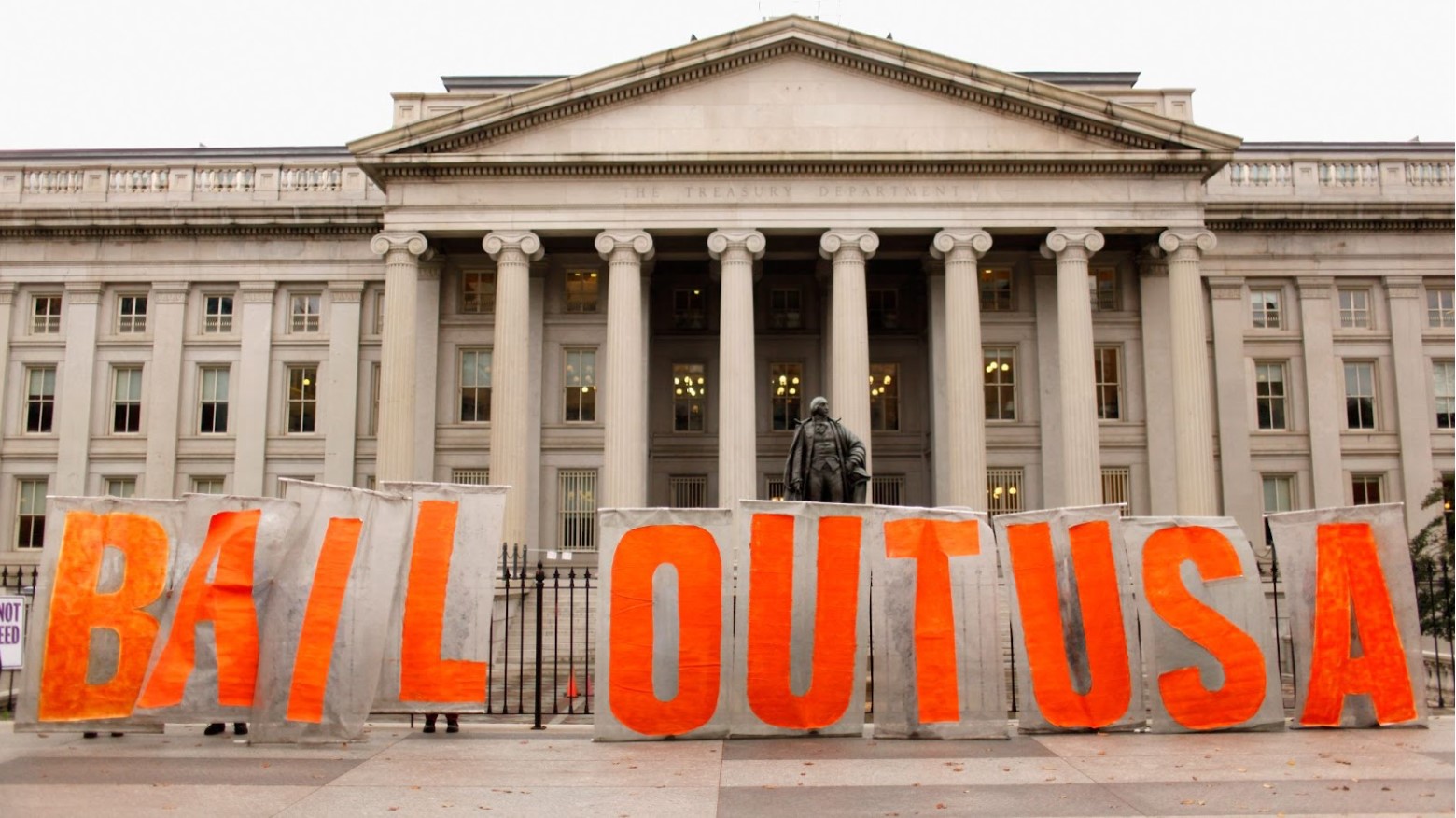
Source: Chip Somodevilla/Getty Images
According to the blueprint, the FHFA aims to “increase affordability in the multifamily rental market by establishing requirements that encourage the financing of multifamily loans that guarantee affordable housing.”
Freddie Mac and Fannie Mae to the Rescue
The FHFA hopes to utilize Freddie Mac and Fannie Mae loans to the tune of $142 billion to put toward 700,000 affordable housing units.
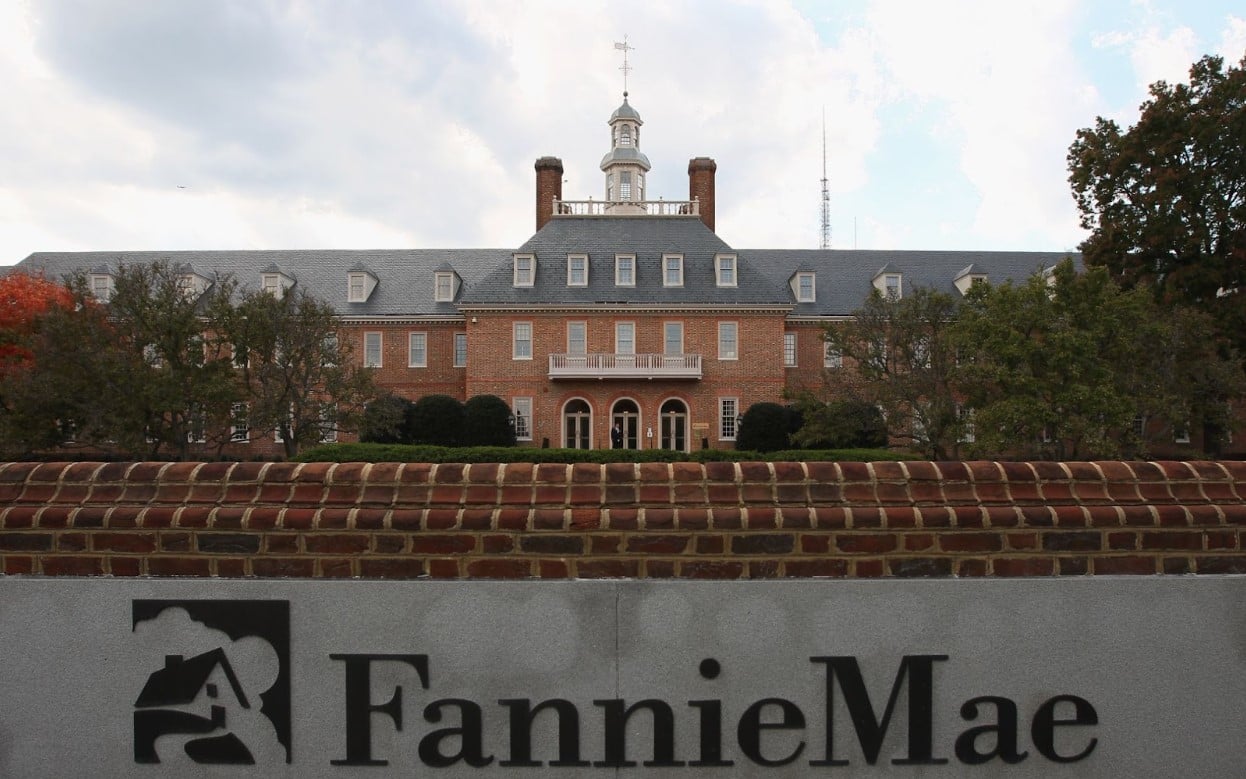
Source: Win McNamee/Getty Images
The FHFA’s efforts toward increased renter protections were met with thousands of comments led by 17 Democrats along with Ohio Senator Sherrod Brown. In a letter to the FHFA, the politicians asked to “condition Fannie Mae and Freddie Mac-backed mortgages.”
The Search For a Solution Continues
The rising rent crisis has been a disappointing circumstance for Americans, who have considered national rent control as a viable solution.
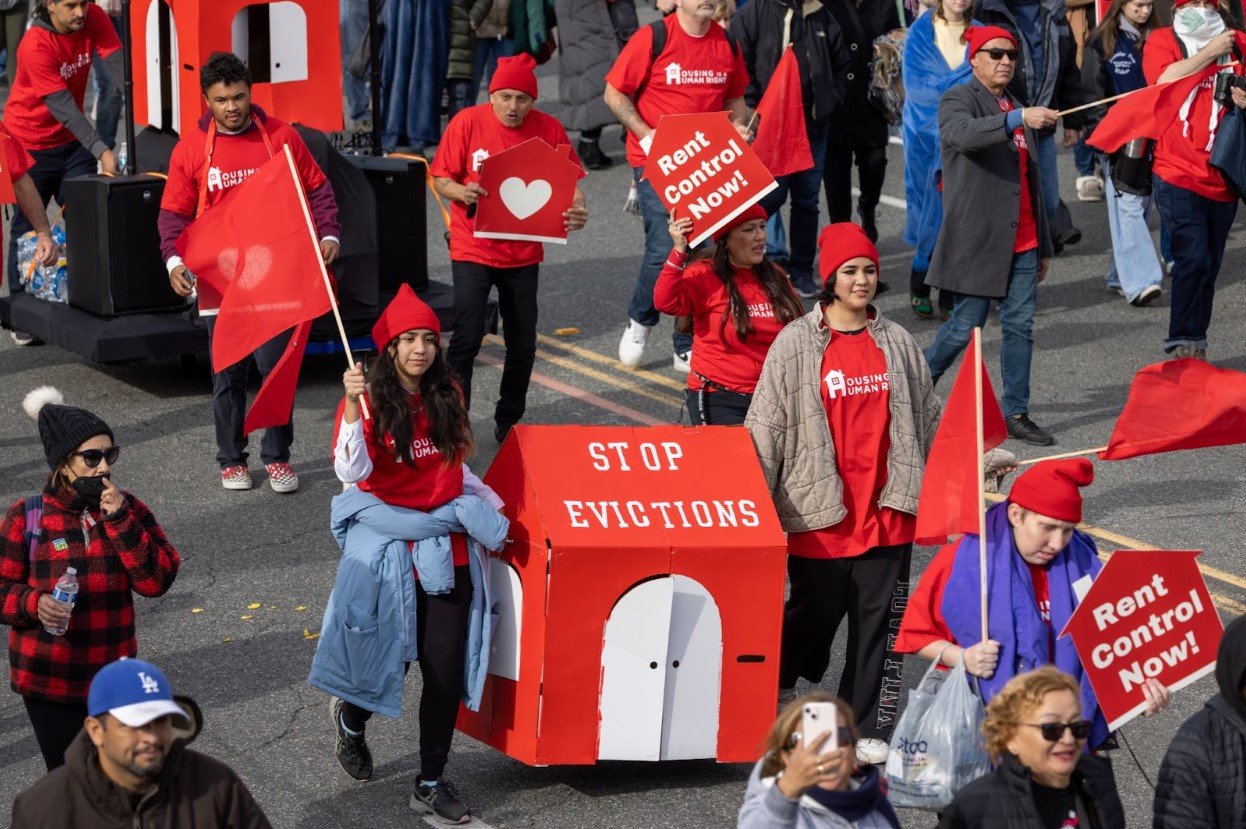
Source: David McNew/Getty Images
However, critics of the proposed rent control plan believe that rent will only be pushed to new highs. Instead, naysayers suggest a national plan to increase the amount of available housing. While that sounds good on paper, this route would take much longer to see results.
Some Suggest Turning Vacant Buildings Into Affordable Housing
Sharon Wilson Geno, president of the National Multifamily Housing Council, recently shared her opinion on America’s rising rent.

Source: Wikimedia Commons
She suggested using vacant and abandoned areas and turning them into affordable housing units. “There are proven solutions to our housing challenges,” she said. “At the state and local level, communities have successfully used zoning changes to encourage the creation of new rental housing communities and financial incentives to reuse dead malls and empty office buildings for more housing.”
What Are the Benefits of National Rent Control?
Inflation has been financially crushing the American people. Between sky-high rent and a housing shortage, US citizens are in desperate need of relief. As far as a timeline is concerned, the sooner a change happens, the better things will be for the American people.
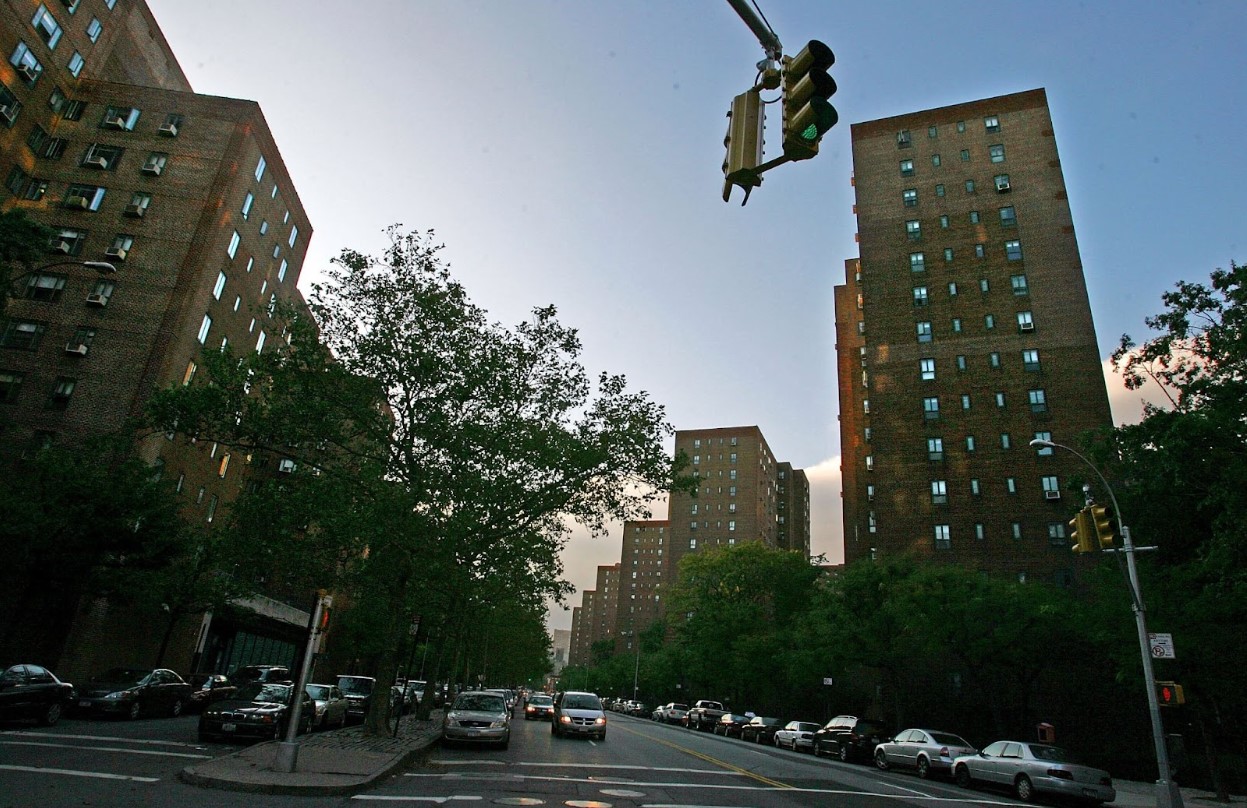
Source: Mario Tama
According to a study from the Joint Center for Housing Studies of Harvard University, renters have reportedly spent more than 30% of their income on housing between 2019 and 2021. Affordability and sustaining inventory remain a challenge across the nation.
America’s Rent Is Universally “Unaffordable”
Tram Hoang, a senior housing associate at PolicyLink, clearly sees the problem America is experiencing with enormously high expenses. “America is increasingly becoming a renter nation yet rent remains unaffordable for millions,” she said.
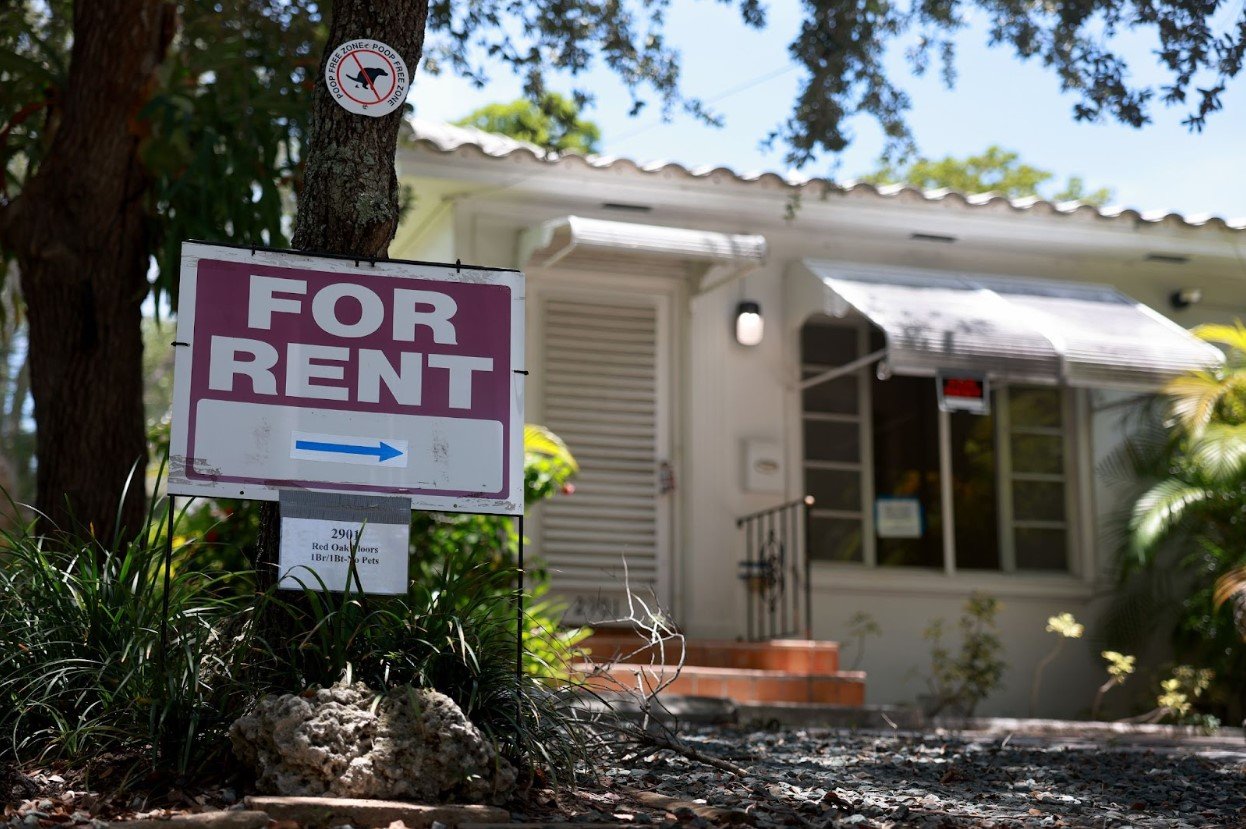
Source: Joe Raedle/Getty Images
The struggle is real for many American families who are trying to keep their heads above water as the cost of living continues to climb. “Spiking costs and stagnant wages mean that even households with two working adults struggle to afford an apartment,” said Hoang.
Strong Arguments for and Against Rent Control
An upside to rent control would be corporate landlords no longer being able to profit from utilizing “low-interest, government-backed financing” while increasing rent and tossing tenants out on the streets.
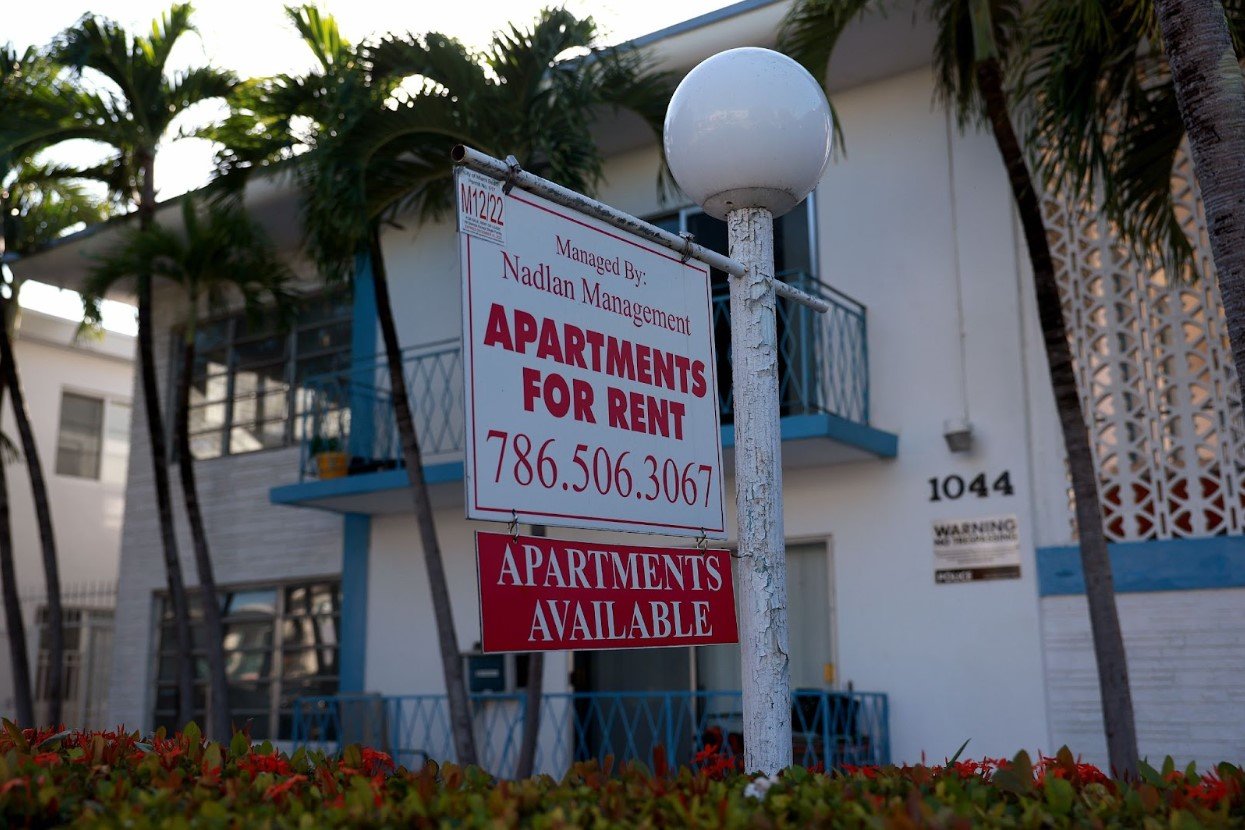
Source: Joe Raedle/Getty Images
But those opposed to rent control on a national level have some serious objections. Some believe that rent control could negatively impact millions of people, such as those who rely on renting income to supplement their retirement.
Individual Landlords Are Threatened by Proposed Rent Control
While a percentage of America’s rental properties are leased through big businesses, many are owned by average individuals. “Mom-and-pop” landlords own more than 20 million rental units in the US.

Source: Wikimedia Commons
They account for more than 70% of the nation’s rental properties, and rent control could drastically limit their ability to earn an income. These people depend on the money they get from renters to pay their mortgages, taxes and other monthly expenses.
‘Mom-and-Pop’ Landlords Risk Losing Valuable Income
Many independent landlords had no choice but to eat their would-be profits during the global pandemic, when a one-and-a-half-year rent moratorium allowed tenants to remain in their rentals without paying.

Source: John Moore/Getty Images
Now that landlords are able to charge tenants again, they are able to pay the high expenses that come along with owning and renting out living spaces. According to Wilson Geno, “There’s decades of research that show ultimately, rent control increases prices because owners or developers can’t cover costs if they rise.”
